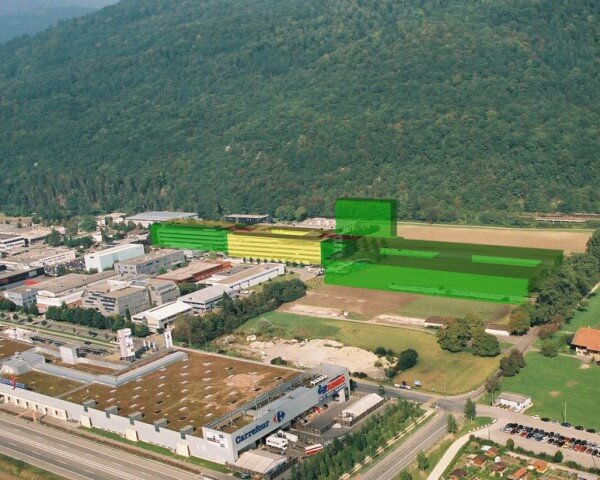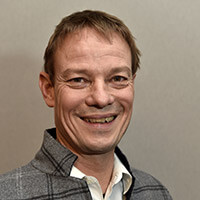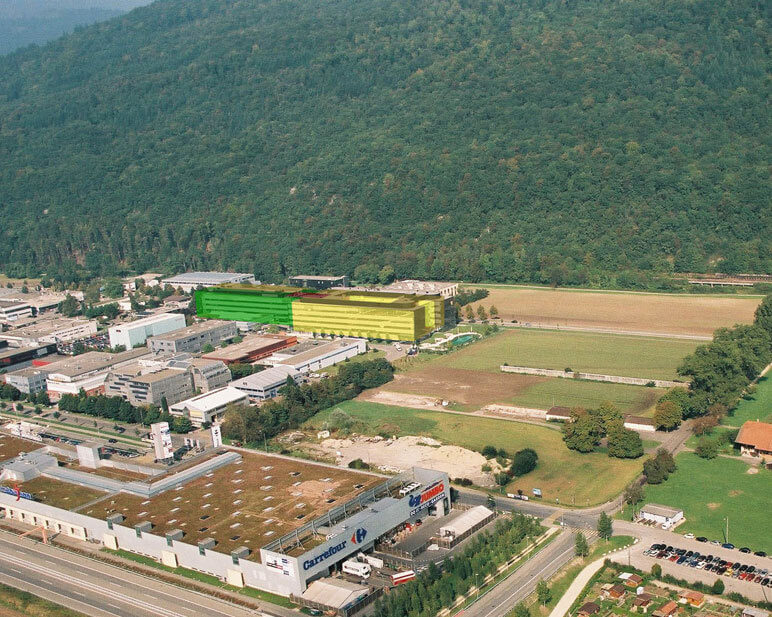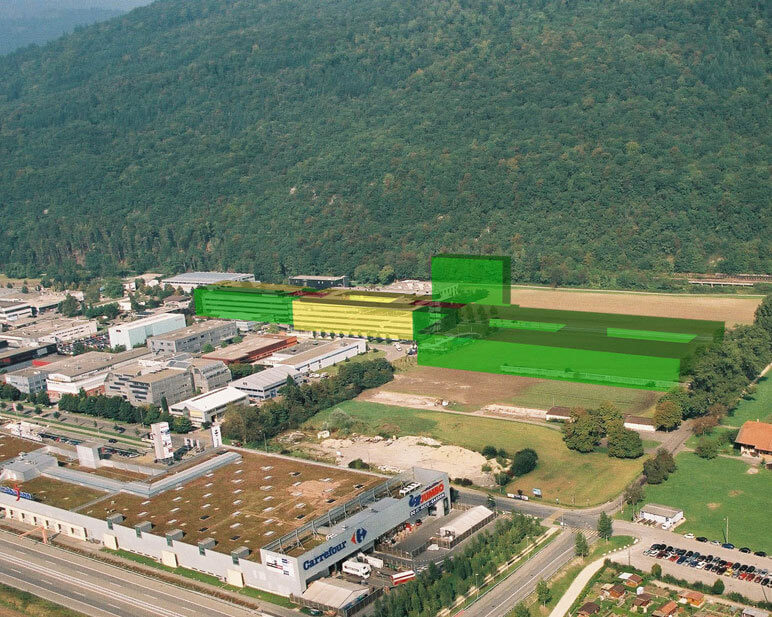Everybody presumes that, because the Rolex headquarters are in Geneva, this is where a Rolex watch originates. In reality, the main component, the movement, comes from Biel and has done since the beginning of the world-famous brand. Back in these early days, founder Hans Wilsdorf struck a deal with the Biel-based movement manufacturer Aegler to design and produce movements exclusively for Rolex. Wilsdorf gave his word that Rolex would provide sufficient orders and would not deal with any other manufacturer. Shortly after, Aegler changed its name to Rolex Biel, although it remained independent until 2006 when the two companies merged, making their long-standing union official. Whereas Rolex Geneva is registered as a foundation, Rolex Biel was owned by the Borer family until it was sold to Rolex Geneva for an undisclosed amount.
Geneva supplies the exterior parts
Rolex has four ultra-modern sites in Calvin’s city where over 3,300 staff are kept busy producing cases, bracelets, dials and hands. The casing and final control of the finished watches are carried out at the headquarters in Les Acacias.
In Biel, 2,350 people currently work for Rolex on four different sites, all of which are located in the same industrial area of Bözingen. With the exception of buildings IV and VI, none of the factories are directly linked to each other.
In September 2006, Rolex bought a 46,000 square-metre plot of land, adjacent to buildings IV and VI, from the city of Biel at a cost of CHF 18.5 million. Following a public consultation on June 1st this year, Rolex can now build on this land. The brand has announced its intention to develop a new complex that will incorporate buildings IV and VI into a single unit. This will significantly facilitate logistics and do away with the need for external transport between buildings. The unconnected buildings V and VII can then be otherwise used or sold. This project will increase both the rate of efficiency and movement production capacity.
In terms of size, the new building will easily compete with Rolex’s latest structures in Plan-les-Ouates. When the new manufacture opens in 2012, it will cover a volume of 400,000 cubic metres and a surface of 92,000 square metres, the equivalent of 13 football pitches. Production flow will be optimised thanks to a fully-automated underground warehouse and a centrally-controlled conveyor-belt system.

Manufacture movements for Tudor too?
Rolex stresses the fact that the new buildings will fulfil four vital criteria: they will help increase the quality of the product, optimise production flow, offer the employees comfortable working conditions and reflect the company’s corporate identity. The Zurich-based newspaper Tages-Anzeiger estimates that the brand is to invest around half a billion Swiss francs; Rolex has declined to comment on this figure. How many people will be employed on the new site is also open to speculation.
One point the brand was eager to put forward at a press conference on July 7th was sustainability. Only architects and engineers from the area were involved in the planning. The plant features a curtain glass facade that is said to meet Minergie energy-consumption standards and solar panels will be installed on one of the roofs, all of which will be greened.
It will be interesting to see whether Rolex will use its additional capacities just to increase production, or if we can expect more new calibres with interesting complications, such as the countdown function on the new Yachtmaster. Another question remains up in the air: Tudor, Rolex’s second, less prestigious brand, is currently being widely advertised. Could it be that its models will soon be fitted with manufacture movements instead of the current ETA calibres?














